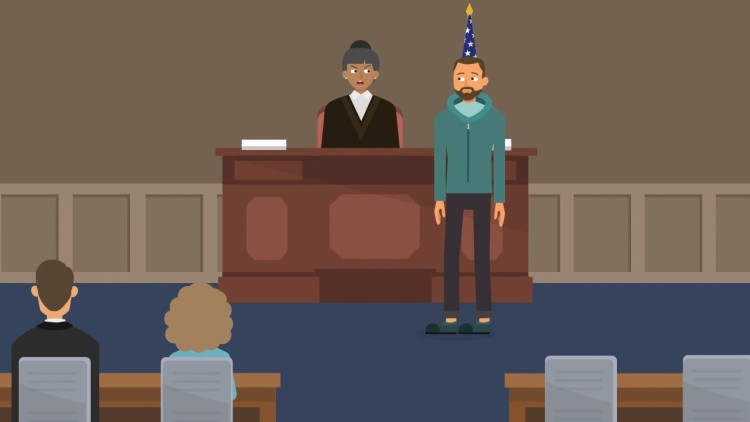Moore v. Illinois
United States Supreme Court
434 U.S. 220 (1977)
- Written by Salina Kennedy, JD
Facts
Moore (defendant) was accused of rape. Moore’s first court appearance was at a preindictment hearing at which his bail was to be set and the judge was to determine whether Moore’s case should be sent to the grand jury. Moore was unrepresented at the hearing and was not offered counsel. The victim, accompanied by a police officer, was present for the entire hearing. Prior to the hearing, the police officer had told the victim that the purpose of her attending the hearing was to view a suspect and that she “should identify him if she could.” The officer also had the victim sign a complaint, which was filed with the court, naming Moore as her attacker. At the beginning of the hearing, the judge informed Moore of the charges against him and then called the victim to the bench. The prosecutor announced that police had found evidence linking Moore with the rape and asked the victim whether her attacker was in the courtroom. The victim pointed at Moore. At a later pretrial hearing, Moore was appointed counsel and filed a motion to suppress the victim’s identification of him at the preindictment hearing. One of the arguments made in support of Moore’s motion was that he had been denied counsel at the preindictment hearing in violation of his rights under the Sixth Amendment to the United States Constitution. Moore’s motion was denied, and he was tried and convicted. The Illinois Supreme Court affirmed the conviction. The federal district court and United States Court of Appeals for the Seventh Circuit both denied habeas corpus relief. The United States Supreme Court granted certiorari.
Rule of Law
Issue
Holding and Reasoning (Powell, J.)
Concurrence (Rehnquist, J.)
What to do next…
Here's why 899,000 law students have relied on our case briefs:
- Written by law professors and practitioners, not other law students. 47,000 briefs, keyed to 994 casebooks. Top-notch customer support.
- The right amount of information, includes the facts, issues, rule of law, holding and reasoning, and any concurrences and dissents.
- Access in your classes, works on your mobile and tablet. Massive library of related video lessons and high quality multiple-choice questions.
- Easy to use, uniform format for every case brief. Written in plain English, not in legalese. Our briefs summarize and simplify; they don’t just repeat the court’s language.





